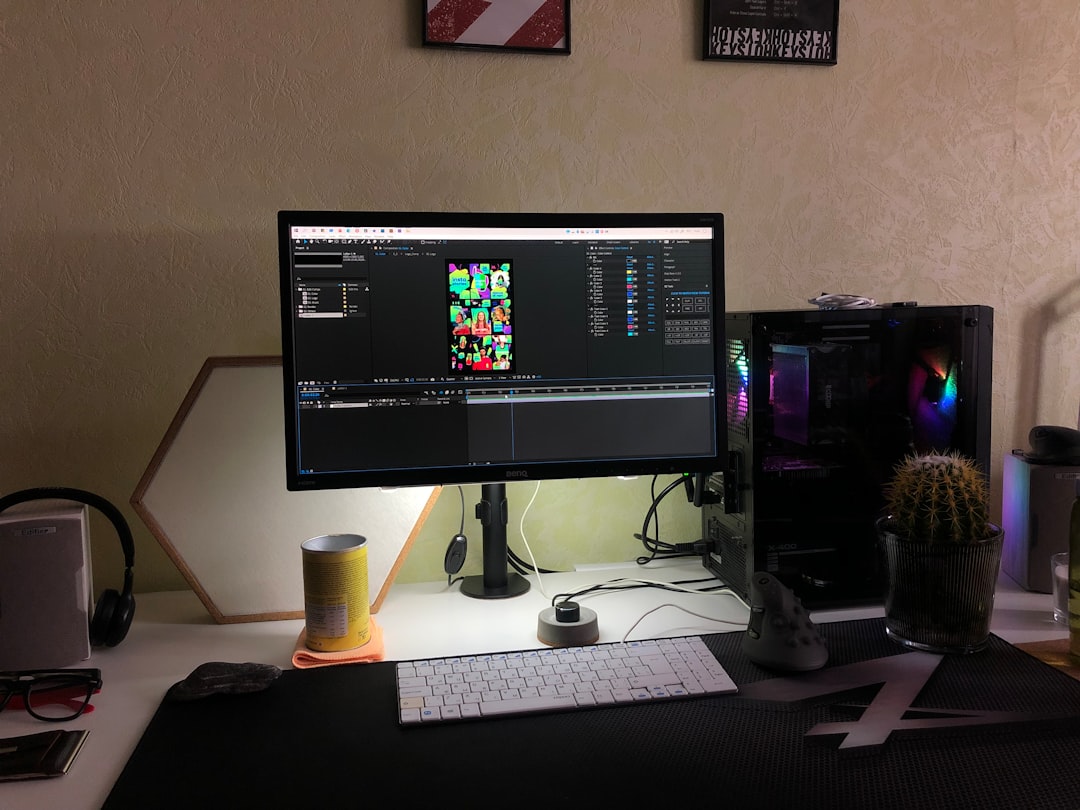In the digital age, where video is one of the most consumed forms of content on the internet, producing high-quality visuals is more important than ever. Whether you are a brand, content creator, or business professional, working with a professional video editing agency can elevate your content and help you achieve your goals more efficiently. But if you’ve never collaborated with such a team before, you might be wondering what exactly you’re signing up for. This article walks you through what to expect when working with a professional video editing agency—from the initial consultation to the final product.
Why Hire a Professional Video Editing Agency?
Before diving into the process, it’s important to understand the value an editing agency brings. These studios are not just equipped with top-tier software and hardware; they offer experience, creativity, and technical expertise that freelancers or DIY efforts may not provide.
- Consistency: Agencies ensure that the final product aligns with your brand’s tone and style.
- Efficiency: Professional teams can handle large volumes of work quickly and accurately.
- Creativity: A good agency offers innovative ideas that bring your vision to life.
- Technology: Agencies use advanced tools and software for editing, sound design, color grading, and more.
1. Initial Consultation and Discovery
The first step in working with a video editing agency is the initial consultation. This is where you share your goals, vision, target audience, and expectations. The agency will likely ask you detailed questions about the purpose of the video, preferred platforms (YouTube, Instagram, TV, etc.), and your timeline.
During this phase, you may be asked to provide:
- Raw footage
- Branding assets (logos, color schemes, fonts)
- References or examples of styles you like
- Scripts, storyboards, or briefs (if available)
This stage lays the foundation for the entire project, helping the creative team align with your vision from the beginning.
2. Strategy and Planning
Once the needs are clearly defined, the agency will start crafting a strategic editing plan. Depending on your project size, this might include:
- Creating a content calendar
- Defining the style and tone of the video
- Choosing effects, graphics, and music
- Assigning the right editor(s) based on style preferences
The video editing agency might also provide a work timeline or production schedule so you know what deliverables to expect and when.

3. Rough Cuts and Feedback Loops
Once the editing begins, you will typically receive what’s known as a rough cut. This is the first version of the edited video and serves as a preview of the direction the final cut is taking. At this stage, your feedback is crucial.
Don’t worry if it’s not perfect—rough cuts often lack the color correction, audio balancing, and finalized graphics you’ll see in the final version. The aim is to establish flow and structure. Most agencies allow for 2–3 rounds of revisions, depending on the service agreement.
Here’s how you can make the most of this stage:
- Be specific with feedback (“The music transition at 0:23 feels too abrupt” is better than “I don’t like the sound”).
- Have multiple team members view the rough cut if needed, then consolidate the feedback to avoid back-and-forth.
- Respect timelines—agencies often juggle multiple projects, and timely feedback helps keep things on track.
4. Final Delivery
After the necessary rounds of revisions, you’re presented with the final cut. By this time, the video has gone through:
- Professional color grading
- Audio mixing and background scoring
- Motion graphics and animations (if needed)
- Closed captioning or translations (if requested)
The agency will usually deliver the video in various formats optimized for different platforms such as social media, television, or web. Make sure to specify the intended platform early in the process to ensure proper formatting.

5. Post-Production Support
Some editing agencies go the extra mile by offering post-production support. This can include:
- Creating teaser or promo clips for social media
- Storing raw and edited files for future use
- Analytics tracking (in the case of marketing videos)
- Updates and changes based on viewer feedback
Ask your agency about what kind of support is available once the project is complete. This ongoing relationship can be especially valuable for brands or creators with recurring video needs.
6. Communication and Collaboration
One of the most significant aspects of a successful project is effective communication. Most professional video editing agencies use platforms like Trello, Slack, or Frame.io to streamline communication, share files, and manage feedback.
You can expect regular check-ins through email or video calls, depending on the project’s scope. Key elements of a healthy agency-client collaboration include:
- Clear timelines and expectations
- Reliable points of contact
- Honest feedback exchange
- Respect for creative boundaries
It’s a good idea to establish how often updates will occur and who your main contact person will be. This helps reduce confusion and ensures the project progresses smoothly.
7. Cost and Payment Structure
Services offered by video editing agencies can vary greatly in price. Factors that influence cost include:
- Length and complexity of the project
- Number of revisions requested
- Special features like animation or voiceovers
- Licensing costs for stock music or footage
Most agencies offer a detailed quote up front. Make sure you understand what’s included in the pricing structure—some may charge by the project, while others use hourly or retainer models. Always discuss payment timelines and cancellation policies before signing an agreement.
8. Case Study or Portfolio Presentation
Before choosing an agency, it’s a good practice to review their portfolio or past projects. This will give you a clearer idea of their style, capabilities, and compatibility with your vision. Many agencies also offer case studies where they explain the goals, processes, and results of previous client videos.
If you’re on the fence about choosing between a couple of studios, request test edits or small pilot tasks. It’s a low-risk way to gauge quality and communication effectiveness.
Final Thoughts
Working with a professional video editing agency can be a game-changer for your brand, marketing efforts, or personal projects. It not only allows you to focus on your core competencies, but also leverages the talent and resources of a dedicated team to produce standout visual content.
From the initial discussions to the final deliverables, the journey is collaborative and creatively stimulating. The key is clear communication, mutual respect, and an openness to feedback. When these elements align, the results can be nothing short of spectacular.
So whether you’re producing a corporate testimonial, a high-impact advertisement, or a multi-episode web series, knowing what to expect when working with a professional video editing agency can set you up for success—and save you a lot of time and stress along the way.
